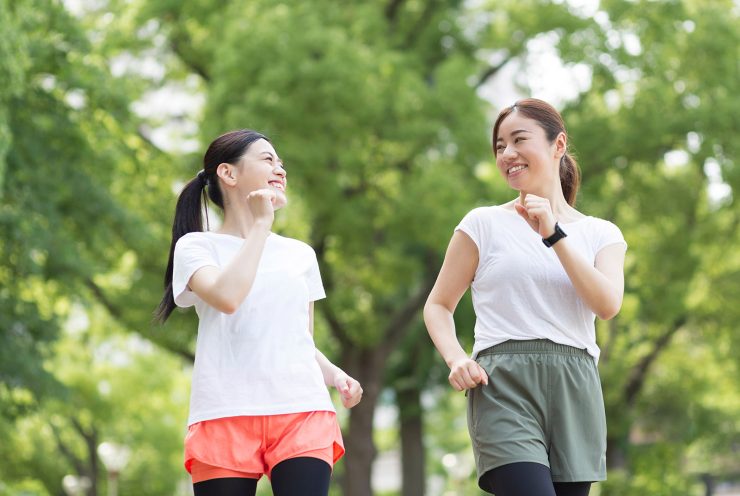
Among adults aged 18 and above in China, 11.6% have diabetes, 50.1% are prediabetic, and there are about 113.9 million diabetics and 493.4 million prediabetics, which means that there are about 600 million people with high blood sugar in my country!
A large amount of medical evidence shows that an unhealthy lifestyle (such as eating more and moving less) plays an important role in the development of diabetes. Exercise is an important means for people with high blood sugar to control blood sugar levels, and is known as one of the “five carriages” for lowering blood sugar. Most diabetics and high-risk groups lack exercise to a large extent.
Walking reduces the incidence of diabetes

Studies have shown that aerobic exercise (such as walking) for more than 30 minutes a day can reduce blood sugar by 12% to 16%. Walking can improve the body’s resistance to various chronic diseases and effectively prevent the occurrence of various complications. Walking can increase insulin sensitivity and reduce insulin resistance. When walking, blood sugar does not require the participation of insulin and can quickly enter muscle cells for energy, thereby lowering blood sugar.
However, the degree of adaptation to walking varies from person to person. People with high blood sugar should make adjustments according to their own physical activity level and reaction or feeling to walking to achieve the best walking effect.
Five principles of walking to lower blood sugar
Only by walking scientifically can blood sugar be lowered successfully, which requires following the following five principles.
Principle of time from less to more: When you first start walking, the duration should be controlled within 10 to 15 minutes. After the body adapts, the time can be increased to at least 30 minutes each time.
Principle of frequency from low to high: gradually increase from 3 days a week to 7 days, at least once every other day, and you cannot not walk for 2 consecutive days.
Principle of intensity from light to heavy: At the beginning of walking, you can start with low-frequency walking, such as 90 steps/minute, and gradually transition to medium exercise intensity, such as 120 steps/minute.
Principle of moderate recovery: Fatigue and muscle soreness are easy to occur after walking with high intensity and for too long, so appropriate stretching and rest should be given.
Principle of periodic adjustment of exercise volume: After 3 to 6 months of walking, the body adapts to the same exercise intensity, and the walking plan needs to be readjusted to gradually increase the exercise load.
Notes on walking
There are some precautions that people with high blood sugar must know when they choose walking to lower their blood sugar.

People with high blood sugar must walk when their condition is stable and their physical condition allows. It is recommended that people without diabetes in the high blood sugar population walk 7,000 to 9,000 steps a day at a speed of 90 to 120 steps per minute. People with early diabetes can walk 6,000 to 8,000 steps a day at a speed of 60 to 70 steps per minute, which can be completed in several times, such as walking 3 times a day, about 2,000 to 2,500 steps each time.
The frequency of walking is best 3 to 5 times a week. The duration of walking is at least 30 minutes each time, and generally does not exceed 60 minutes. The intensity of exercise should be such that you sweat slightly and can talk to people while walking.
It is advisable to walk 1 hour after a meal, and never walk on an empty stomach; warm-up and stretching exercises should be done for 5 to 10 minutes before and after walking; those with complications should exercise under the guidance of a professional doctor.
When walking, pay attention to wearing soft-soled shoes that fit your feet and loose, high-top, comfortable cotton socks to prevent sports injuries such as falls. Check your feet after walking and seek medical attention immediately if there are any injuries. It is best to walk with family and friends. If you feel uncomfortable such as panic and sweating, you should stop walking immediately, eat the candies and chocolates you carry with you, and go to the hospital for examination if necessary.
Blood sugar should be monitored before and after walking. If the blood sugar is between 4.4 and 5.5 mmol/l before walking, you should eat properly before walking. If the blood sugar level hardly changes after walking, you should increase the amount of exercise appropriately; if hypoglycemia occurs, it means that you have walked too much and you need to reduce the amount of exercise.

